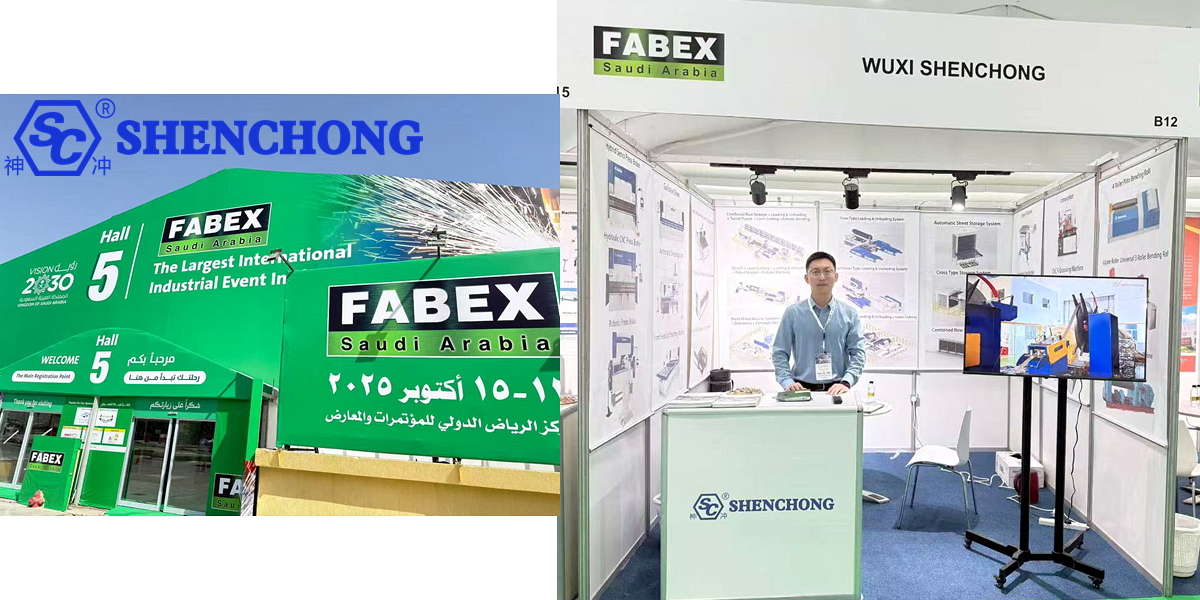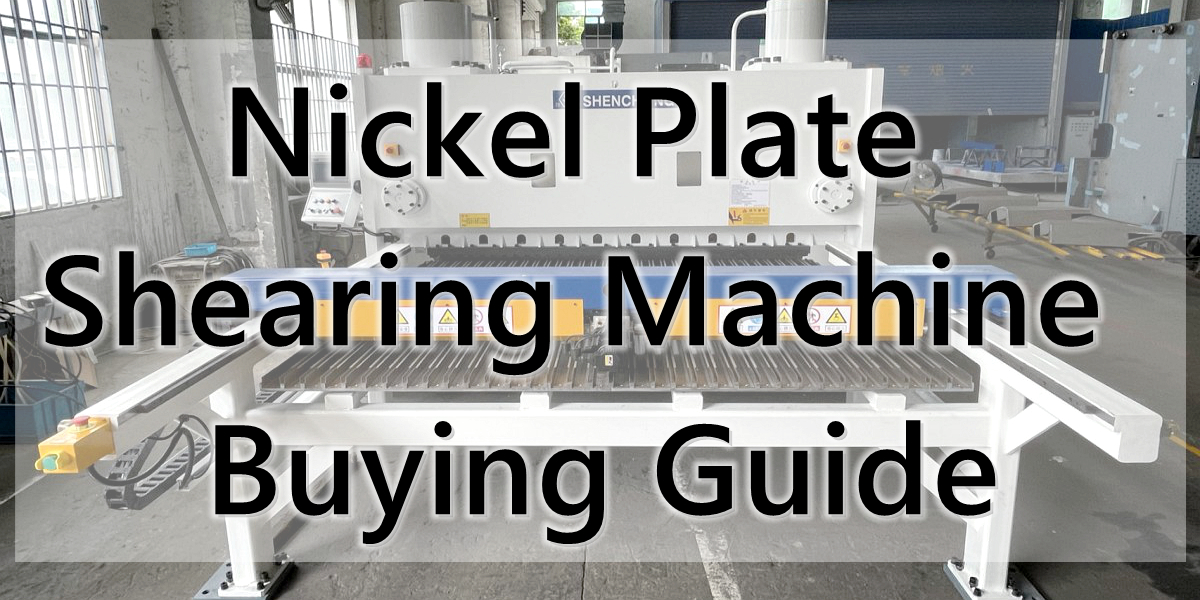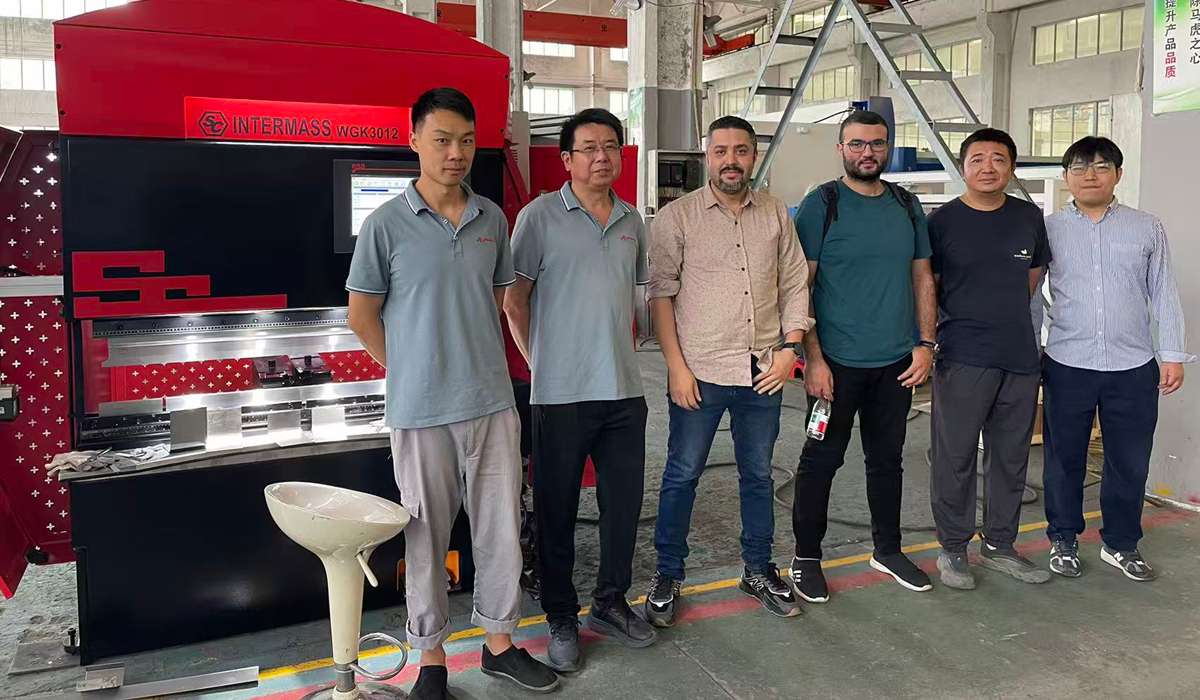Table of Contents
CNC fiber laser cutting machine is a high-precision, high-value piece of equipment. Proper maintenance can significantly extend its lifespan, maintain cutting accuracy, and reduce the frequency of malfunctions. Maintenance can be categorized into three levels: daily maintenance, regular maintenance, and critical component maintenance.
The fiber laser cutting machine maintenance can be divided into four levels: daily, weekly, monthly, and quarterly/annual maintenance, covering key components such as the optical system, cooling system, gas system, mechanical transmission, and electrical system.
1. Daily Maintenance of Fiber Laser Cutting Machine
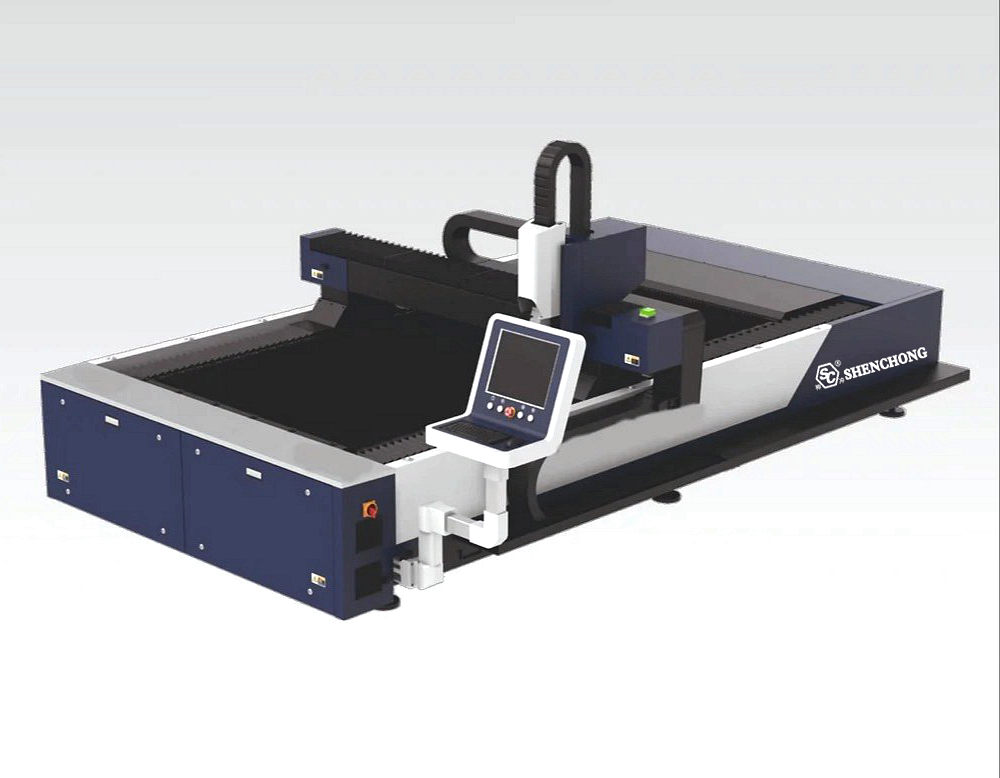
1) Optical System
- Check the laser head protective lens for dust, oil stains, or scratches; replace it immediately if contaminated.
- Ensure that the focusing lens and collimating lens are free of foreign objects; clean them regularly with a special lens cleaning paper and anhydrous ethanol.
2) Cooling System
- Check the coolant level and maintain water quality; ensure the water temperature is within the specified range (generally 25°C ± 2°C).
- Check that the water inlet and outlet pipes are not bent or leaking.
3) Gas System
- Check that the gas pressure is stable (generally 0.6-1.5 MPa for oxygen and 1.0-2.5 MPa for nitrogen, depending on the material thickness).
- Drain any condensate from the air compressor and gas cylinder.
4) Mechanical and Electrical Components
- Clean the worktable and remove cutting debris.
- Check that the X/Y/Z axes operate smoothly and without abnormal noise.
- Ensure that the power indicator light is functioning correctly and there are no alarms.
Daily Operation & Fiber Laser Cutting Machine Maintenance Procedures:
- Pre-operation Check
- Check that the laser, chiller, gas system, and lubrication system are functioning properly.
- Ensure the protective lens of the cutting head is free of dust and scratches.
- Confirm that the auxiliary gas pressure (oxygen, nitrogen, air) is within the normal range.
- During Cutting
- Continuously monitor the cut surface quality. If burrs or scorch marks are found, check for contamination or damage to the nozzle and lens.
- Avoid frequent impacts with the workpiece to protect the cutting head.
- After Cutting
- Clean the cutting area and worktable, keeping the rails and rack free of metal shavings and dust.
- Turn off the laser and power supply, and purge any remaining gas.
2. Weekly Maintenance
1) Guide Rail and Lead Screw
- Clean dust and metal shavings from the guide rail and rack; apply lubricant (lithium-based grease recommended).
- Check the engagement between the lead screw, rack, and gear, ensuring there is no looseness.
2) Laser
- Check the laser operation log to confirm stable power output.
- Check the fiber optic connector for dust and looseness.
3) Cooling System
- Clean the water chiller filter to prevent clogging.
- Check for leaks at the water pipe connections.
3. Monthly Maintenance
1) Gas System
- Check the gas line connections for leaks and ensure they are sealed properly.
- Clean the gas filter and replace the desiccant.
2) Electrical System
- Check for dust buildup on the fans and filters inside the control cabinet and clean them regularly.
- Tighten all power and signal cable connections to prevent loosening.
3) Mechanical Structure
- Check that all limit switches are functioning correctly.
- Calibrate the laser head for vertical alignment and nozzle concentricity.
4. Quarterly/Annual Maintenance
1) Laser Unit
- Check the laser power output for any degradation and calibrate as necessary.
- Inspect the fiber optic transmission system to ensure there are no signal losses.
2) Cooling System
- Replace the coolant (recommended every 3-6 months) and clean the water tank and piping.
- Check the operation status of the water pump and compressor.
3) Mechanical System
- Perform comprehensive lubrication and precision checks on gears, racks, rails, and lead screws.
- Check the machine’s level and re-level if necessary.
4) Electrical and Safety Systems
- Thoroughly inspect the electrical cabinet components for signs of aging and replace as needed.
- Check the functionality of emergency stop switches, safety light curtains, safety doors, and other safety devices.
5. Key Points For CNC Fiber Laser Cutting Machine Maintenance
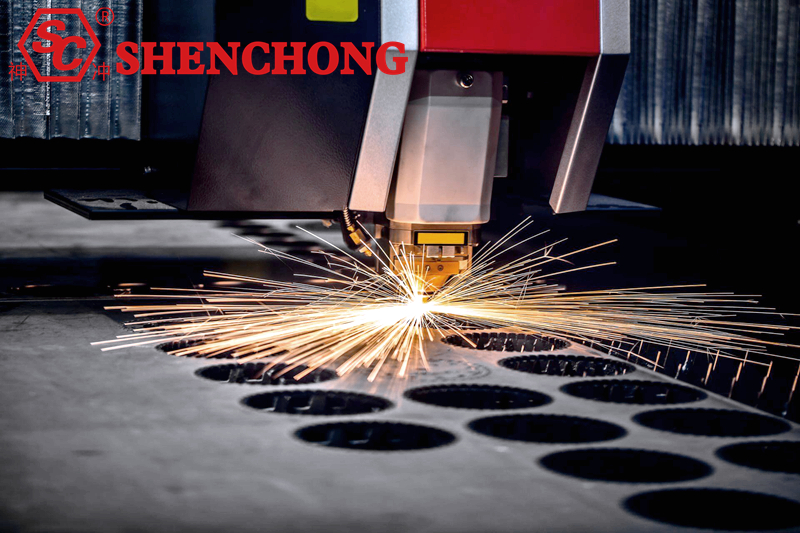
1) Cleaning and replacement procedures for optical components
Cleaning steps for protective Lens/Window/Focusing Lens (for externally visible lenses only):
- Wear dust-free gloves and an anti-static wristband. Keep the work environment as dust-free as possible.
- Use specialized dust-free paper or lens cleaning tissue dampened with a small amount of isopropyl alcohol (IPA) or optical cleaning solution, and gently wipe in one direction, avoiding back-and-forth rubbing.
- If oil stains or burn marks are severe, replace the protective lens as needed (replacement parts recommended).
- Never use water or cleaning agents containing chlorine, or strong acids/alkalis.
Recommended replacement cycles (depending on usage intensity and material):
- Protective Lens/Window: Replace every 3–6 months or when significant burn marks or black spots appear.
- Focusing Lens (F-Theta or lens barrel): Check and replace every 6–12 months or when cutting quality deteriorates.
- Nozzle: Replace every 1–3 months, depending on the cutting material and usage frequency.
2) Cooling System
- Maintain clean cooling water, stable flow rate, and temperature (20–30°C is a common range.The exact range depends on the manufacturer’s requirements).
- Regularly check the cooling pump for abnormal noise and vibration. Stop operation and inspect immediately if an abnormal temperature rise or insufficient flow is detected.
- Prevent air from entering the cooling water circulation system.Check the pipe fittings and seals.
- Use antifreeze in winter or maintain room temperature in cold environments.
3) Air Supply and Exhaust System
- Clean and replace the air filter, dryer, and oil mist separator.
- Maintain stable compressed air pressure and flow rate. Prevent oil or moisture from entering the air system.
- Regularly clean dust and chips from the exhaust system (exhaust fan, air purifier)to ensure efficient exhaust performance.
4) Mechanical Transmission and Lubrication
- Use the recommended grease or oil for the guide rails and ball screws, and replenish regularly.
- Check belt tension and coupling wear. Replace if necessary.
- Regularly lubricate bearings to prevent insufficient lubrication from damaging the spindle or bearings.
5) Electrical and Control System
- Regularly back up controller parameters and processing programs, and store a copy off-site.
- Check grounding wires, terminal connections, and cable condition (no cracks or signs of overheating).
- Keep the control cabinet clean, including fans and filters. Monitor capacitor lifespan and temperature.
- If random alarms or power outages occur, check power supply stability and surge protection devices.
6. Safety Precautions
- This device is a high-power laser, classified as a Class 4 laser/laser hazard device.Do not disassemble any optical components or open the protective cover without first disconnecting the power supply or disabling the laser output.
- Maintenance work must be performed by trained personnel with the power off and the laser disabled, while wearing protective equipment (anti-static gloves, safety goggles, insulated tools).
- When performing fiber laser cutting machine maintenance on the cooling system, gas supply, or electrical cabinet, always disconnect the power and gas supply and release any pressure.
- Do not use flammable or corrosive cleaning agents to clean optical components or electrical parts; do not use a high-pressure water jet to clean the electrical cabinet.
- All maintenance records and any abnormalities must be documented and reported to track and address potential issues.
7. Other Precautions
- Consumable Parts Management: Protective lenses, nozzles, ceramic rings, etc., are wear parts and should be kept in stock.
- Water Quality Requirements: Use only purified water or specialized coolant to prevent scale buildup.
- Environmental Requirements: Keep the machine tool environment dry, dust-free, and free from vibration.
- Record-Keeping System: Maintain a maintenance log to record all maintenance activities and replaced parts.
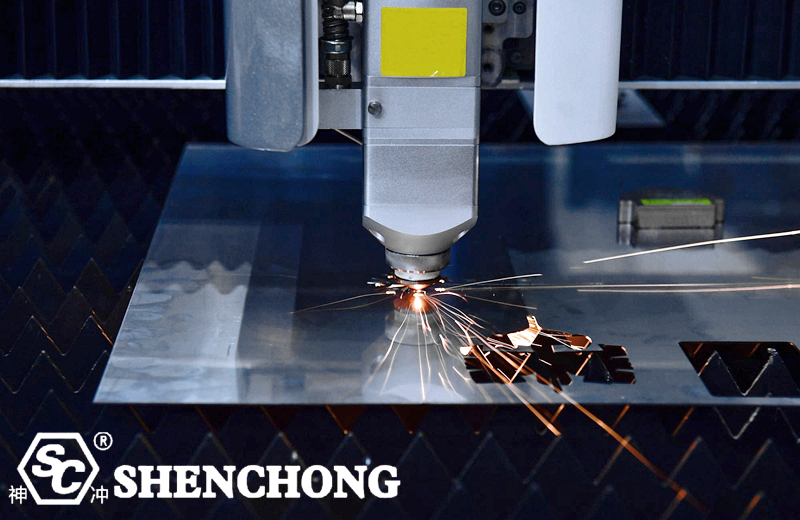
8. Summary
The key to maintaining a fiber laser cutting machine lies in ensuring that the optical system is clean, the cooling system is stable, the transmission system is well-lubricated, the gas system is free of leaks, and the electrical system is safe and reliable.
Key Points for Fiber Laser Cutting Machine Maintenance:
– Optical System
- Protective lenses and focusing lenses: Keep clean; replace immediately if scratched or contaminated.
- Laser head nozzle: Maintain concentricity; prevent clogging or spatter.
- Fiber optic connector: Regularly check for dust and loose connections.
– Cooling System
- Use pure water or specialized coolant; replace regularly (every 3-6 months).
- Maintain coolant temperature at 25℃±2℃.
- Clean the water chiller filter and tank regularly to prevent scale buildup.
- Ensure the water pump operates normally and there are no leaks.
– Gas System
- Check the sealing of oxygen, nitrogen, and air pipes to prevent leaks.
- Drain condensate from the air compressor and gas cylinder regularly.
- Replace filters and desiccants regularly to ensure gas purity.
– Mechanical Transmission System
- Clean dust and metal shavings from the guide rails, rack, and ball screw.
- Lubricate regularly to prevent wear.
- Check that the X/Y/Z axes operate smoothly without jamming or unusual noises.
- Regularly calibrate the machine’s level to maintain cutting accuracy.
– Electrical System
- Clean dust from the control cabinet and ensure good ventilation.
- Check that fans and filters are not clogged.
- Tighten power and signal cable connectors regularly.
- Test the effectiveness of emergency stop switches and safety light curtains.
– Daily Operation Precautions
- Check water, electricity, and gas before starting the machine.
- Avoid frequent power cycling during operation.
- Clean cutting debris and wipe the worktable after use.
- Maintain a checklist and logbook for all maintenance activities.
The core of fiber laser cutting machine maintenance is cleanliness (optical system, worktable), lubrication (guide rails, ball screws), cooling (water chiller), and inspection (electrical and gas systems). Adhering to daily, periodic, and annual maintenance schedules effectively prevents malfunctions and extends the machine’s lifespan.
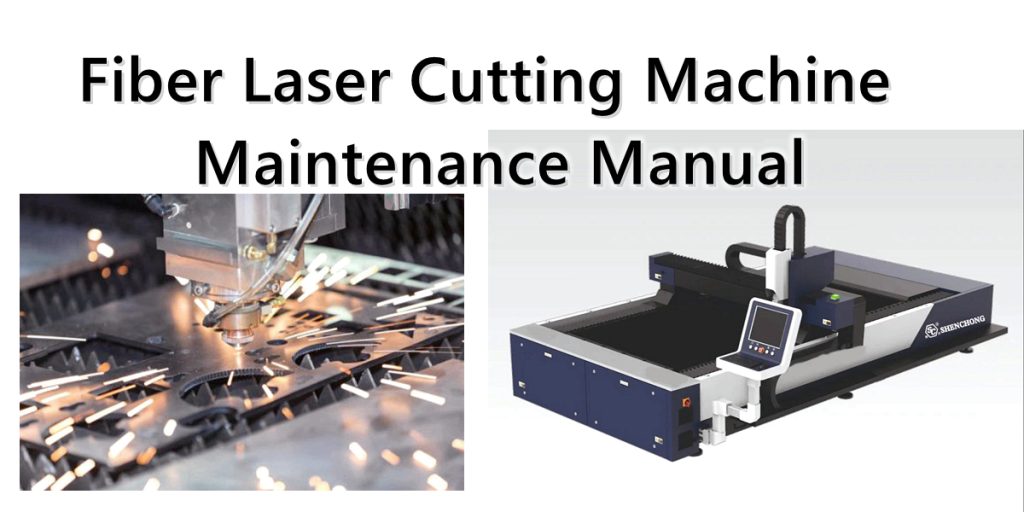
![Intelligent Sheet Metal Processing [FAQ]](https://www.shen-chong.com/wp-content/uploads/2025/11/Intelligent-Sheet-Metal-Processing-FAQ.jpg)

